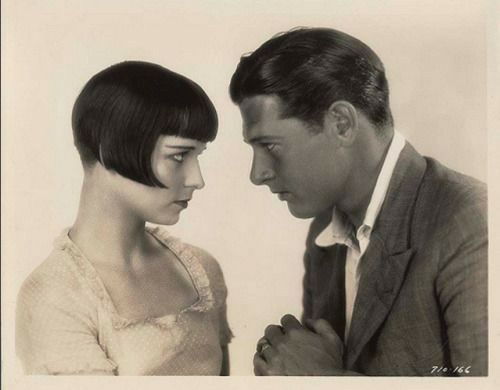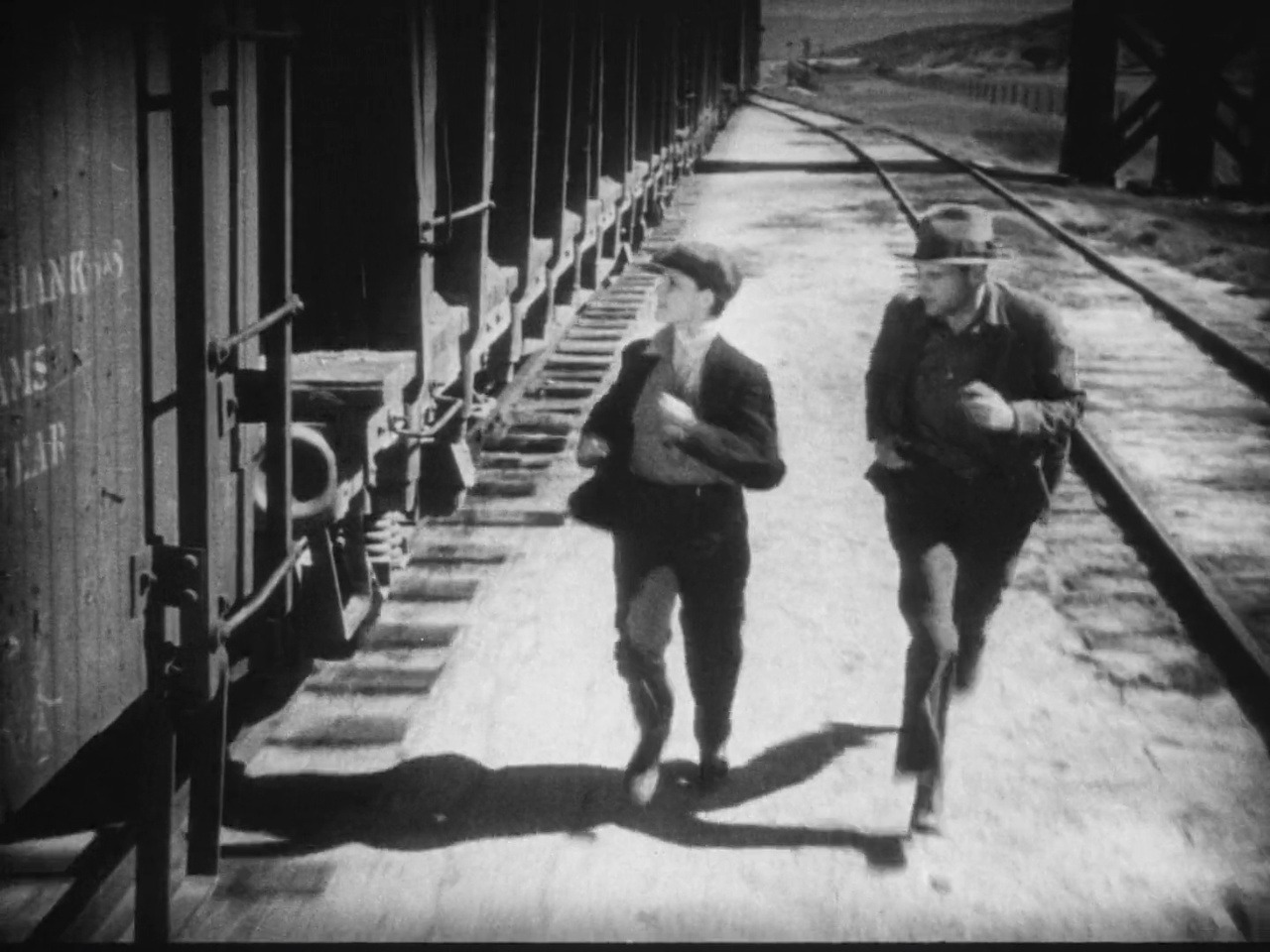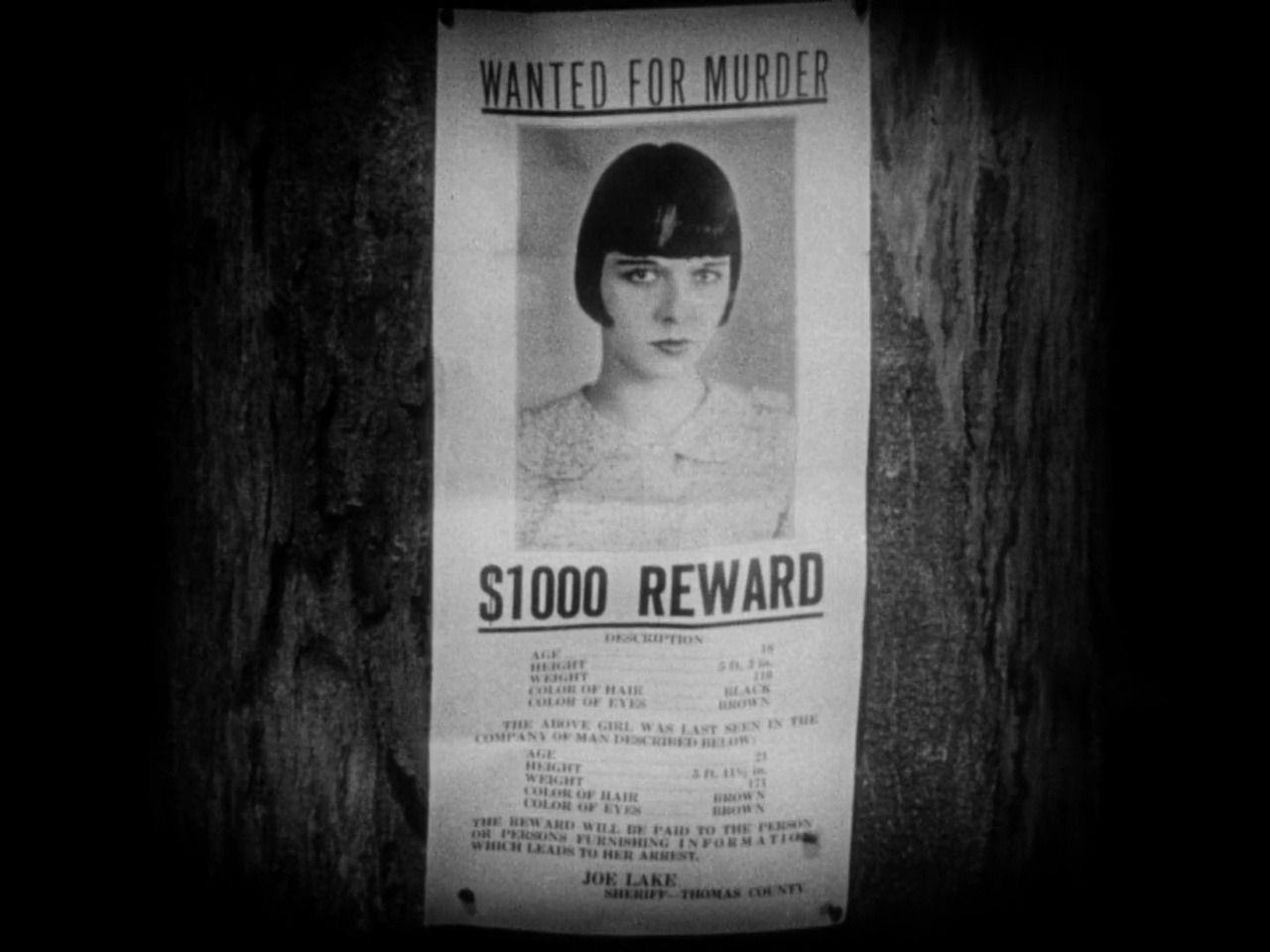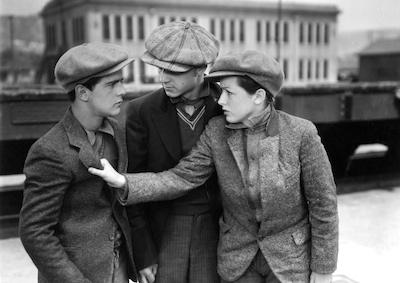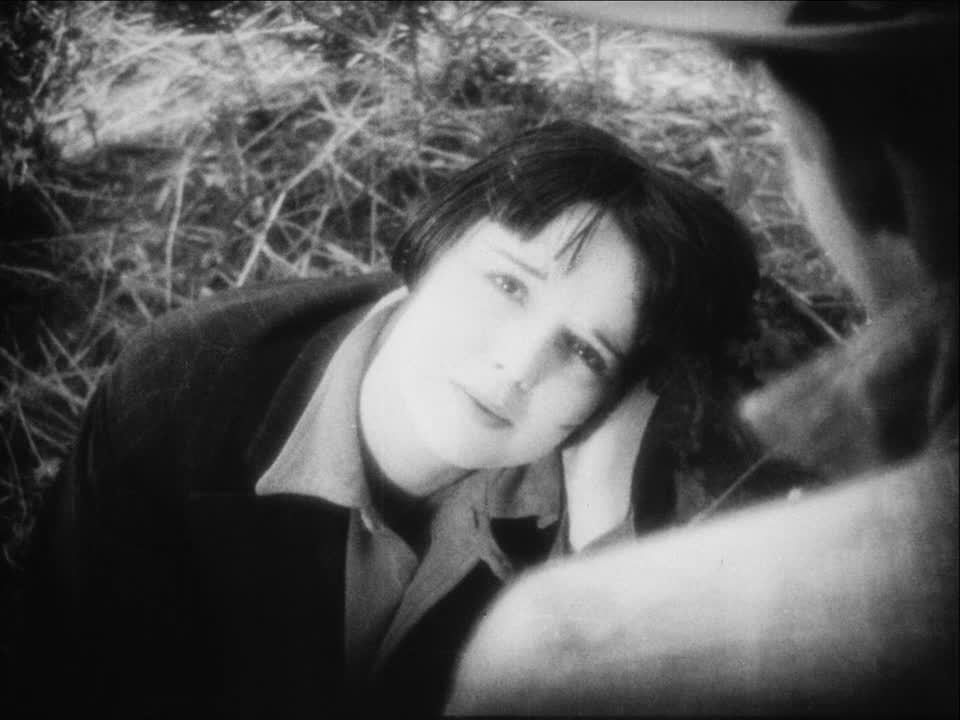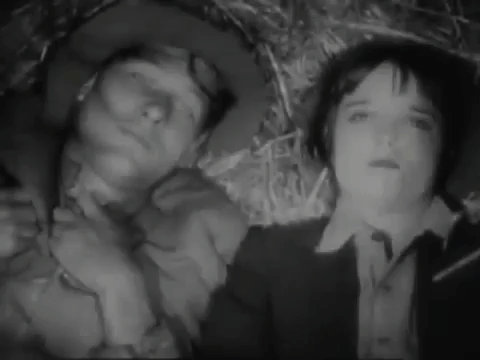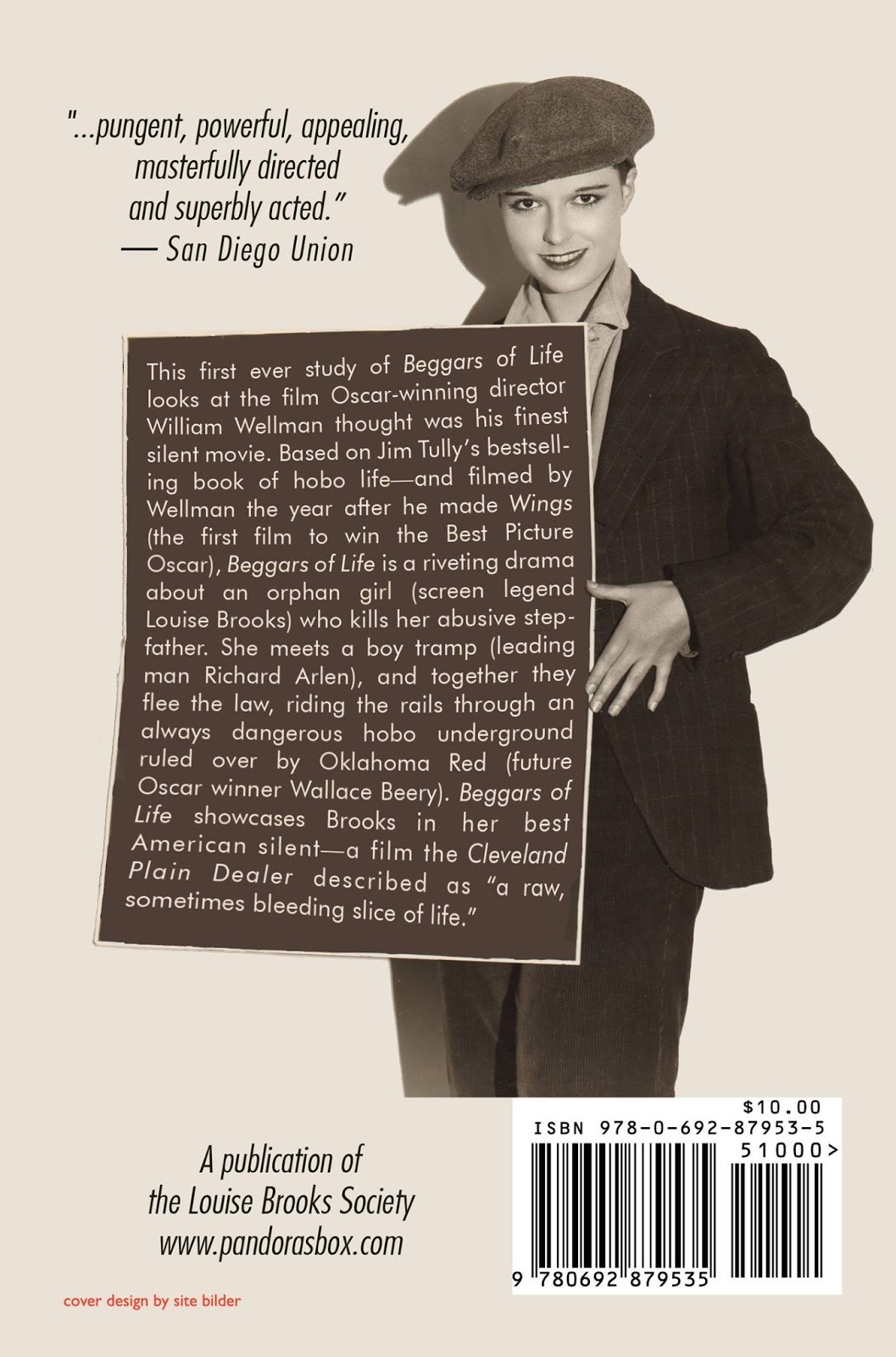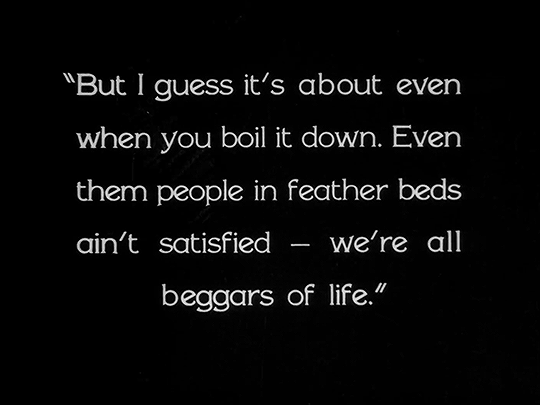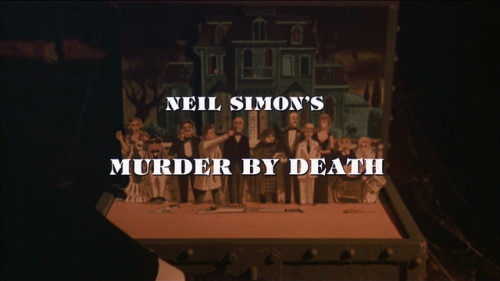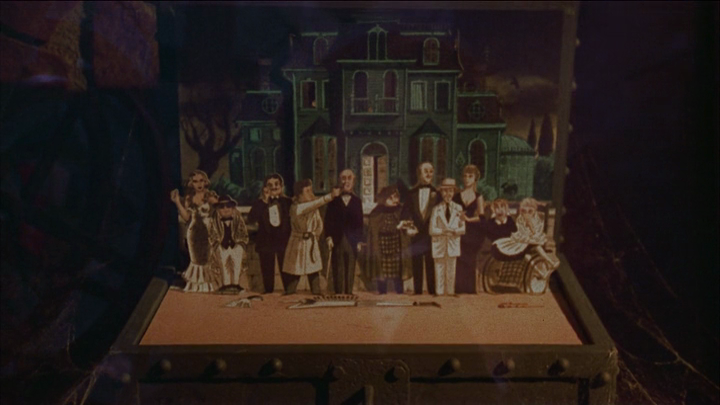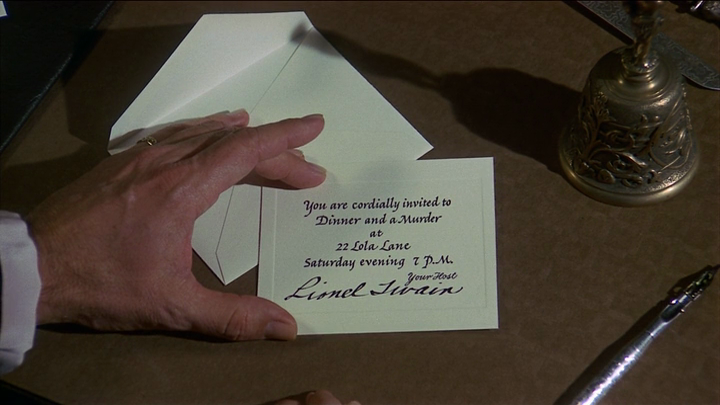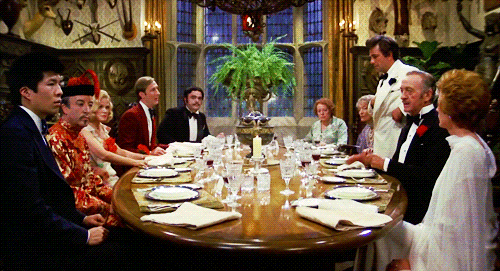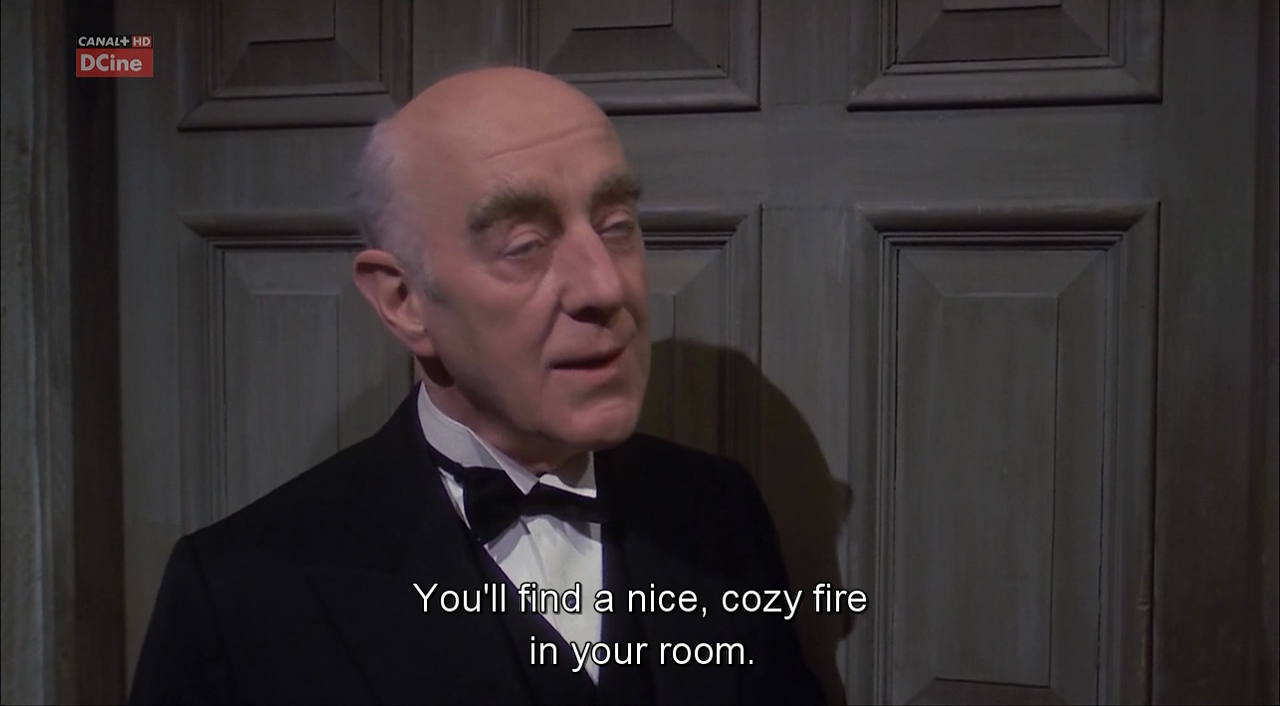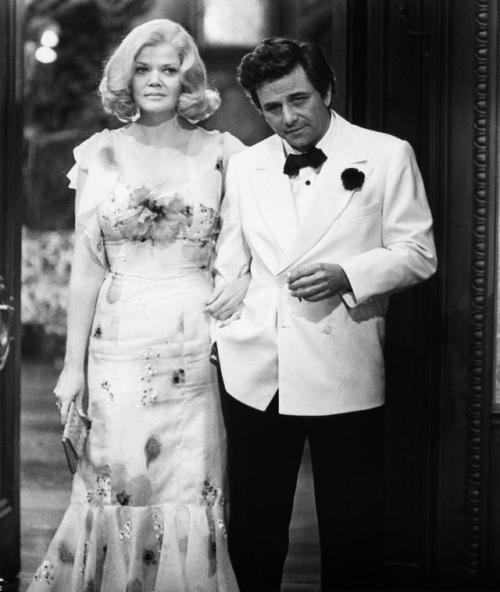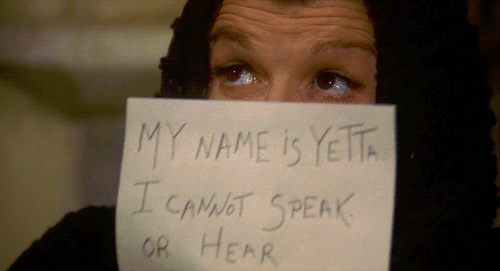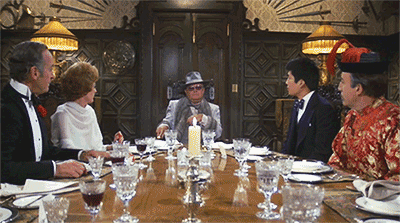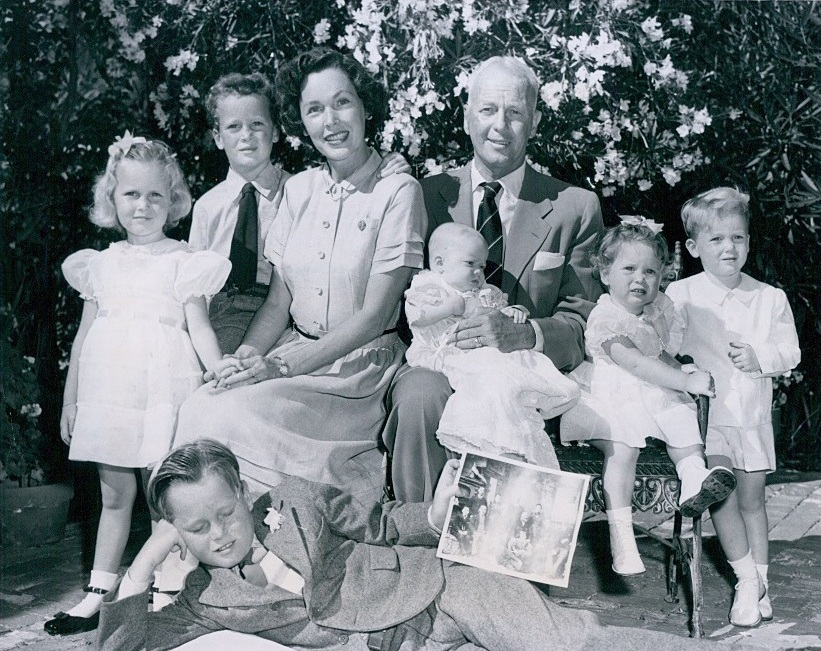Um dia, um mendigo (Richard Arlen)
chega a um chalé e vê um café da manhã apetitoso em cima de uma mesa. Ele bate
na porta, entra e pede um pouco de comida para o homem sentado à mesa. O homem
não responde. Ele pede de novo e de novo, até que percebe que o homem está
morto – com uma bala na cabeça. Ele derruba e quebra um pote, e o assassino
aparece: uma garota (Louise Brooks) confessa que ela matou o homem, seu
padrasto, depois que ele tentou estuprá-la. A sequência em que ela rememora os
fatos é brilhante, com imagens superimpostas dos acontecimentos e do rosto
expressivo de Louise conforme ela se lembra.
One day, a hobo (Richard Arlen) arrives at a cottage and sees an
appetizing breakfast on a table. He knocks on the door, enters and asks the man
sitting on the table for some food. The man doesn’t answer. He asks again and
again, until he realizes the man is dead – shot in the head. He drops and
breaks a pot and the shooter appears: a girl (Louise Brooks) confesses she
killed the man, her stepfather, after he tried to rape her. The sequence in
which she recounts the facts is brilliant, with superimposed images of the
happenings and of her expressive face as she remembers the things.
O mendigo decide ajudar a garota. Agora
usando calças e escondendo seu cabelo com uma boina, a garota perde o trem que
vai para o Este, mas embarca, com o mendigo, no trem que vai para o Oeste –
embarcam como clandestinos, é claro. Eles são logo expulsos do trem, e têm de
passar a noite num monte de feno, onde têm um diálogo profundo.
The hobo decides to help the girl. Now dressed in pants and hiding her
bobbed hair with a bonnet, the girl misses the train that goes East, but
embarks, with the hobo, on the train that goes West – both the girl and the hobo
as stowaways, of course. They are quickly thrown out of the train, and have to
spend the night under a haystack, where they have a deep conversation.
Na manhã seguinte, a polícia está
procurando pela menina, e uma recompensa de mil dólares está sendo oferecida. O
mendigo e a garota chegam a uma reunião de mendigos e o mais violento deles,
Oklahoma Red (Wallace Beery), reconhece a garota do pôster da recompensa.
Oklahoma Red deixa a menina pegar o trem com eles, mas ele quer a garota para
si.
The next morning, the police is looking for the girl, and a
thousand-dollar reward has been set for her. The hobo and the girl arrive at a
reunion of hoboes and the most violent of them, Oklahoma Red (Wallace Beery),
recognizes her from the reward poster. Oklahoma Red lets the girl catch the
train with them, but he wants the girl for himself.
William A. Wellman é um dos meus
diretores subestimados favorites. Trabalhando sem parar desde 1923 atrás das
câmeras – ele primeiro foi ator em 1919 após ser descoberto por Douglas
Fairbanks – Wellman fez sucesso com filmes mudos e falados, e em gêneros muito
distintos. Para citar alguns de seus excelentes filmes: o filme de guerra “Asas”
(1927, primeiro ganhador do Oscar de Melhor Filme), o de gângster “Inimigo Público” (1931), o de romance “Nasce uma Estrela” (1937), a screwball comedy "Nada é Sagrado" (1937), o faroeste único “Consciências
Mortas” (1942) e o filme de desastre de aviação “Um Fio de Esperança” (1954).
William A. Wellman is one of my favorite underrated directors. Working
steadily since 1923 behind the cameras – he first had an acting gig in 1919
after being discovered by Douglas Fairbanks – Wellman excelled in silents and
talkies, and in very different genres. To name a few of his great movies: war
movie “Wings” (1927, first Best Picture Oscar winner), gangster flick “The Public Enemy” (1931), the romantic “A Star is Born” (1927), screwball comedy
“Nothing Sacred” (1937), unique western “The Ox-Bow Incident” (1942) and the
plane disaster movie “The High and the Mighty” (1954).
Você sabe o que mais torna William A.
Wellman tão interessante? Ele nasceu no dia 29 de fevereiro. Isso é bem raro –
a chance de nascer no dia 29 de fevereiro é de 1 em 1416, ou 0,068% - mas não
TÃO raro – a chance de ser atingido por um raio é de 1 em 3000. Entretanto,
alguns matemáticos contestam esse número, e baixam a chance de nascer em 29 de fevereiro
para 0,00066%!
Do you know what else makes William A. Wellman so interesting? He was
born on Leap Day, February 29th. This is pretty rare – the odds of
being born on Leap Day are 1 in 1,416, or .068 per cent – but not THAT rare –
the odds of being struck by lightning are 1 in 3,000. However, some
mathematicians challenge this number, and put the odds of being born on Leap
Day down to .00066%!
William A. Wellman – o A é de
Augustus – voltaria ao tema de pessoas pobres pegando trens clandestinamente em
“Idade Perigosa”, de 1933. Desta vez, Wellman contou a história de adolescentes
que eram ou órfãos ou vinham de famílias empobrecidas pela Grande Depressão.
Estes adolescentes, em sua maioria meninos mas também meninas vestidas de
meninos, pegavam carona nos trens para chegar à cidade mais próxima e procurar vagas
de emprego que, obviamente, não existiam. “Idade Perigosa” é um drama da Grande
Depressão pouco comentado, mas muito eficaz.
William A. Wellman – the “A” stands for Augustus – would come back to
the theme of poor people catching freight trains in 1933’s “Wild Boys of the
Road”. This time, Wellman told the story of poor teens who were either orphans
or came from houses impoverished by the Great Depression. Those teens, mostly
boys but also some girls dressed as boys, would catch trains to arrive in the
next town and look for jobs that, obviously, weren’t there. “Wild Boys of the
Road” is an underrated and gripping Depression drama.
“Mendigos da Vida” é considerado o
melhor filme que Louise Brooks fez nos EUA. Não foi, entretanto, uma
experiência agradável para ela, que foi ofendida por um dublê – leia a história
completa AQUI – e também por Richard Arlen, que disse que ela não sabia atuar.
Mais tarde, Wellman, que foi frio com
ela nas gravações de “Mendigos da Vida”, lhe ofereceu um papel em “Inimigo
Público”, e ela o recusou. O papel fez de Jean Harlow uma superestrela. Na última
vez em que Brooks e Wellman se viram, ele compreendeu a maior verdade sobre
ela: ela odiava Hollywood.
“Beggars of Life” is considered to be the best film Louise Brooks made
in the US. It wasn’t, however, a pleasant experience for her, who was shamed by
a stunt double – read the full story HERE – and was offended by Richard Arlen,
who said she couldn’t act. Later, Wellman, who was cold towards her while
making “Beggars of Life”, offered her a role in “The Public Enemy”, and she
refused it. The role ended up making a superstar of Jean Harlow. The last time
Brooks and Wellman met, he understood the biggest truth about her: she hated
Hollywood.
Você deve se lembrar de Richard Arlen
em “Asas”. Arlen havia feito parte da Aeronáutica do Canadá na Primeira Guerra
Mundial, mas nunca chegou a combater. Depois da guerra, ele se tornou
mensageiro para um laboratório de filme, levando e trazendo filme em uma
motocicleta. Um dia, ele bateu a moto no portão da Paramount. Impressionados
com sua beleza, os executivos lhe ofereceram um contrato – e chamaram um médico
para cuidar da perna quebrada dele. Quando o cinema falado chegou, Richard
trabalhou em filmes B, especialmente de aventura e faroeste, e também na TV.
Richard Arlen e William A. Wellman fizeram três filmes juntos.
You might remember Richard Arlen from “Wings”. Arlen had been part of
the Canadian Air Corps in WWI, but never saw combat. After the war, he became a
motorcycle messenger for a film laboratory. One day, he crashed his motorcycle
at the Paramount Studios gate. Impressed with his looks, the executives offered
him a contract – and called a doctor for his broken leg, of course. When
talkies came, Richard worked in B-movies, mainly adventures and westerns, and
also on TV. Richard Arlen and William A. Wellman made three films together.
Vamos falar sobre as falhas de “Mendigos
da Vida”. Há uma parte racista com um mendigo negro que é retratado como pouco
esperto. O ator que interpreta esse papel, Blue Washington, trabalhava como
policial quando não estava atuando, e era amigo de infância de Frank Capra.
Let’s talk about the flaws of “Beggars of Life”. There is a racist bit
with a black hobo who is portrayed as not very smart. The actor who plays this
part, Blue Washington, worked as a cop when he was not acting, and was a
childhood friend of Frank Capra.
Há muitas cartelas de títulos,
provavelmente mais do que a média, e isso às vezes prejudica o fluxo do filme,
em especial quando todos os mendigos estão debatendo dentro do trem. Oklahoma
Red é o mendigo mais verborrágico que eu já vi. “Mendigos da Vida” também foi
distribuído com efeitos sonoros e uma sequência que incluía Wallace Beery
cantando – Wellman detestou essa adição. Esta sequência hoje está perdida.
There are lots of title cards, probably more than the average, and this
sometimes harms the flow of the picture, in special when all beggars are
talking inside the train. Oklahoma Red is the most talkative hobo I’ve ever
seen. “Beggars of Life” was also released as a film with sound effects and with
a sequence that included Wallace Beery singing – Wellman hated this addition.
This sequence is now considered lost.
Eu queria ter gostado mais de “Mendigos
da Vida”. É um filme com uma bela fotografia – a sequência com os montes de
feno poderia ter sido tirada de um filme de Borzage ou de Murnau – e Louise
sabia SIM atuar. A redenção de Oklahoma Red foi um pouco forçada, mas o
adorável diálogo dentro dos montes de feno, sob as estrelas, mostra quão
sensível o bom e velho “Wild Bill” Wellman podia ser.
I wish I had liked “Beggars of Life” more than I did. It was beautifully
shot – the haystack sequence could have come from a Borzage or a Murnau movie –
and Louise DID know how to act. The redemption ark for Oklahoma Red felt a bit
forced, but the lovely dialogue inside the haystack, under the stars, shows how
much heart the good old “Wild Bill” Wellman had.
This is my contribution to the Leap Year blogathon, hosted by Rebecca at
Taking Up Room. See you in four years!
